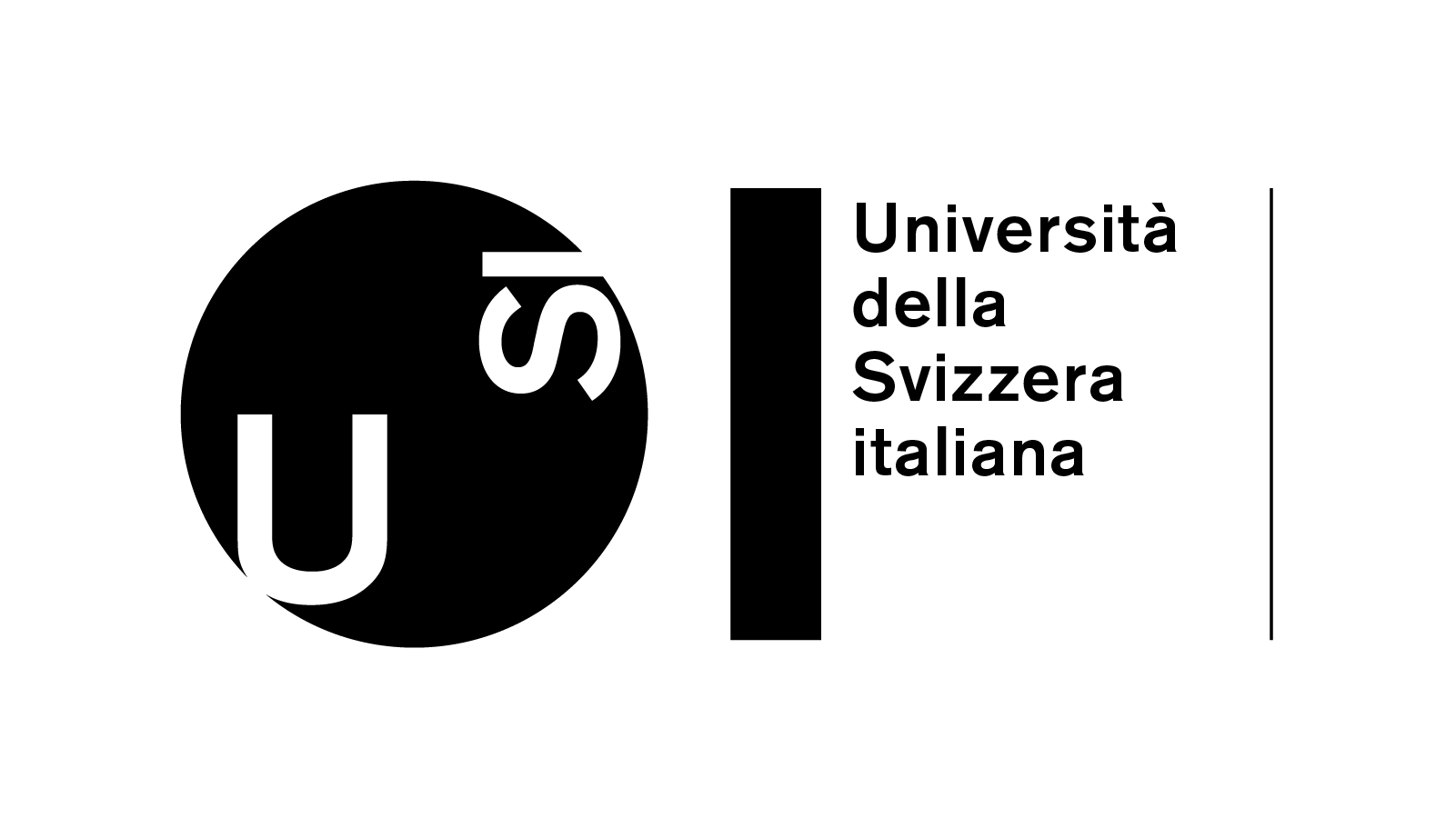IRSOL, together with the Institute of Computational Science of the Università della Svizzera italiana, organized the SOLARNET-FoMICS summer school “Solar spectropolarimetry: From virtual to real observations”, which took place from Sept. 9-14 2019 at USI in Lugano. This was the first of a series schools of the SOLARNET program of the European Union’s Horizon 2020 research and innovation programme sponsored under Grant Agreement No 824135. The school was cosponsored by the Swiss Graduate Programme “Foundations in Mathematics and Informatics for Computer Simulations in Science and Engineering” (FoMICS).
25 students, 6 female and 19 male, from 8 countries participated in this course. Seven of these 25 were participants from IRSOL. Six participants had a doctoral degree, 15 were PhD students, and four were about to start a PhD.
The course included to a great deal hands-on exercises with radiative transfer computer programs. Students brought their own laptop along with them and had all downloaded the virtual box corresponding to their OS prior to the start of the school. They received from us a 64 GB SanDisk USB stick containing the OS for the virtual machine (Salix) and the programs and data and presentations copied on it.
Lecturers were Dr. Juan Manuel Borrero from the Leibniz Institute for Solar Physics from Freiburg (D) on the basics of polarized light and the transfer equation for polarized radiation and with hands-on sessions where students compiled and ran the SIR radiative transfer code. Dr. Oskar Steiner from IRSOL lectured on the numerics and tools available for the production of simulation data, while Drs. Flavio Calvo (Univ Stockholm) and Adur Pastor Yabar (Leibniz Institute for Solar Physics) lectured on data formats and visualization of simulation data and access and handling of observational data. Dr. Renzo Rameli from IRSOL gave a lecture on high-precision polarimetry with ZIMPOL. Dr. Jaime de la Cruz Rodriguez (Univ. Stockholm) explained the basics of radiative transfer in the regime out of thermodynamic equilibrium (NLTE). Students compiled and ran the STiC code for computing Stokes profiles under NLTE conditions. Prof. Rolf Krause of USI delivered a “supplementary skills lecture” about career development planing.
The school included a visit to IRSOL and to the Swiss National Supercomputing Center (CSCS), where Dr. Matthias Kraushaar (CSCS) introduced to high performance computing. The last day of the school, Saturday, offered an optional excursion to Monte San Salvatore with hike to Morcote.


